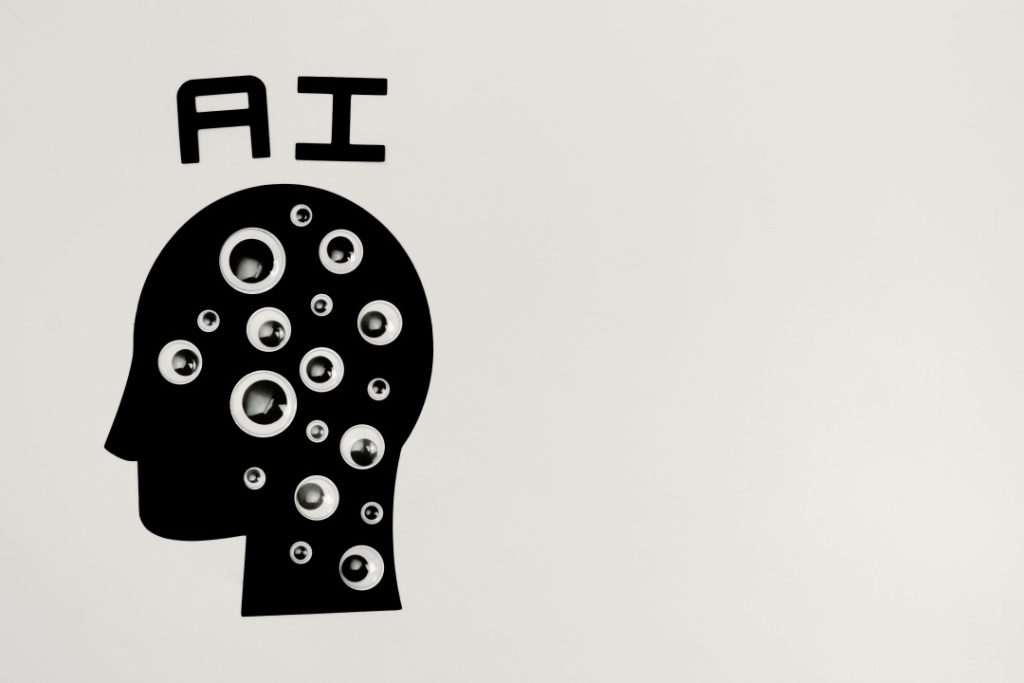The ai art phenomenon has fundamentally transformed visual content creation, enabling artificial intelligence systems to synthesize remarkable imagery that rivals traditional artistic excellence. These sophisticated platforms decode textual prompts and manifest photorealistic visuals within moments, democratizing creative expression while simultaneously raising critical questions about digital ethics and personal consent https://cortexlab.app/ai-clothes-remover-technology-overview. Understanding both the extraordinary potential and serious challenges of ai art technology becomes essential as these tools reshape creative industries and digital interaction paradigms.
Examining AI Art Technology
Core Technology Framework
AI art represents a revolutionary approach to visual synthesis where artificial intelligence systems craft images, illustrations, and digital compositions through advanced computational algorithms. These platforms utilize cutting-edge generative neural networks trained on extensive datasets containing millions of visual specimens paired with detailed descriptive metadata and artistic classifications.
Modern ai art systems exhibit exceptional proficiency, interpreting complex creative directives and producing visually compelling outputs across diverse artistic genres, from hyperrealistic photography to abstract expressions that demonstrate profound understanding of aesthetic principles and cultural contexts.
Technical Implementation
The technological backbone of ai art employs state-of-the-art neural architectures including diffusion models, transformer networks, and adversarial generative systems. These platforms undergo comprehensive training processes, absorbing intricate relationships between visual patterns, artistic methodologies, and linguistic descriptions through analysis of vast image repositories.
AI art generation encompasses sophisticated computational phases: semantic processing interprets user specifications, pattern recognition algorithms extract relevant visual components, and generative mechanisms construct original imagery fulfilling designated criteria while maintaining artistic integrity.
Contemporary ai art platforms execute complex image manipulation operations, modifying existing photographs through targeted adjustments, stylistic transformations, or creative enhancements while preserving compositional structure and recognizable attributes with exceptional precision.
Creative Applications and Ethical Challenges
Professional Implementation
Professional ai art deployment has revolutionized creative industries, empowering concept artists to rapidly develop innovative prototypes, enabling graphic designers to explore diverse aesthetic approaches, and allowing marketing professionals to generate specialized visual content efficiently while reducing production costs.
Educational institutions strategically implement ai art for creating engaging instructional materials, historical visualizations, and interactive learning experiences that enhance student comprehension across various academic disciplines and educational environments.
Problematic Applications
Unfortunately, identical technological capabilities enabling beneficial ai art applications also support harmful implementations, including systems designed to manipulate personal photographs without authorization, potentially generating inappropriate content that violates individual privacy and dignity.
Ethical Concerns
AI art technology presents substantial ethical challenges requiring immediate attention. Non-consensual image modification represents the most concerning application, where existing photographs experience unauthorized alterations, potentially producing intimate or misleading content that fundamentally violates personal autonomy.
Gender-targeted exploitation of specific ai art applications significantly amplifies these problems. Technologies designed primarily to manipulate women’s imagery reflect systematic patterns of digital abuse, creating opportunities for psychological harm and reputational damage.
Information authenticity degradation constitutes another critical challenge as ai art quality improves. Distinguishing between genuine and artificially generated content becomes increasingly difficult, undermining public trust in visual documentation.
Legal Framework and Regulation
International Regulatory Landscape
Legal structures addressing controversial ai art applications vary considerably across jurisdictions. United States regulation operates through state-level legislation, with California, Texas, and New York implementing comprehensive laws targeting deepfakes and non-consensual intimate imagery.
European Union approaches emphasize extensive user protection through GDPR frameworks and Digital Services Act provisions, establishing platform accountability standards and individual rights concerning ai art content creation and distribution.
Asia-Pacific nations including Japan, South Korea, and Australia have introduced specialized legislation addressing digitally manipulated intimate content, recognizing unique challenges presented by advanced ai art technology.
Legal Consequences
Individuals engaging with problematic ai art applications face considerable legal exposure. Criminal prosecution becomes increasingly common for creating or distributing non-consensual intimate imagery through ai art platforms.
Civil liability presents significant financial risks, with victims successfully obtaining monetary compensation for emotional trauma, privacy violations, and reputational damage. Professional consequences frequently accompany legal penalties, with employers implementing strict policies prohibiting controversial ai art usage.
Protecting Human Rights
Fundamental Principles
AI art development must prioritize essential human dignity and personal autonomy principles. Every individual deserves complete control over their digital representation, including how their appearance and identity are portrayed in generated or manipulated imagery.
Explicit informed consent becomes critically important when ai art involves personal imagery. Creating modified or intimate content requires clear, documented permission rather than presumed authorization from affected individuals.
Protection Frameworks
Addressing ai art challenges requires coordinated approaches balancing innovation with human rights protection. Technical safeguards integrated into generation systems provide essential defense, including detection algorithms, content verification mechanisms, and embedded ethical constraints.
Platform accountability measures must prevent misuse while supporting legitimate creative applications. Educational initiatives promoting digital literacy ensure users understand both creative potential and serious implications of ai art systems.
Responsible Innovation
The evolutionary trajectory of ai art technology depends on balancing transformative creative capabilities with respect for human rights, dignity, and consent. Technological advancement must align with social responsibility, ensuring these tools enhance human expression while protecting individual autonomy.
Success requires sustained collaboration between technologists, policymakers, educators, and civil society to establish appropriate boundaries and enforcement mechanisms. The future of ai art will be determined by our ability to harness its creative potential while safeguarding vulnerable individuals from exploitation and ensuring innovation serves humanity’s interests.




![‘Jay Kelly’ Review – Noah Baumbach Makes A Case For The Magic Of Movie Stardom [NYFF 2025] ‘Jay Kelly’ Review – Noah Baumbach Makes A Case For The Magic Of Movie Stardom [NYFF 2025]](https://cdn.geekvibesnation.com/wp-media-folder-geek-vibes-nation/wp-content/uploads/2025/11/Jay-Kelly-JKELLY_20240523_15320_C2_R-300x180.jpg)

